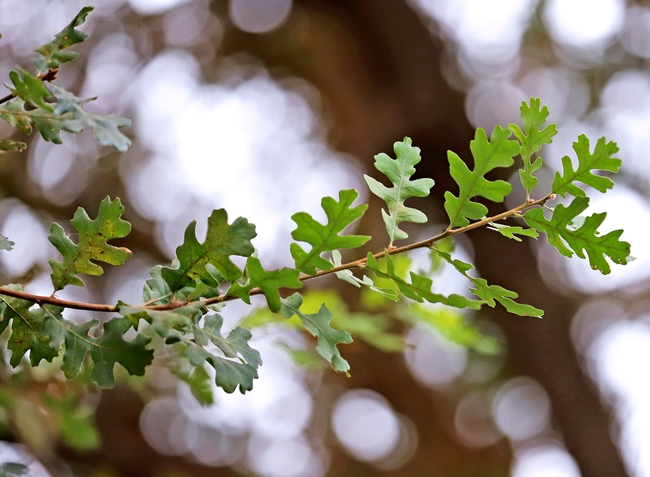As the impacts of climate change increasingly affect our way of life, numerous cities are addressing a key issue with a simple yet effective solution: the expansion of urban tree coverage. The term 'heat island effect' is a prevalent reality in densely populated urban areas lacking tree canopy cover, where the built environment, primarily consists of concrete pavement and hardened buildings, which absorb and retain heat.

Heat islands not only raise temperatures but also contribute to various illnesses and, in extreme cases, resident mortality. Low-income and disadvantaged neighborhoods are often the most affected by these increased temperatures. Also, in Ventura County, many seasonal outdoor workers face higher temperatures and air pollution, impacting individuals with asthma and other comorbid conditions. Local groups are getting involved too. There is also funding available for farmers wanting are interested Climate Smart Agriculture practices, which include planting hedgerows.
The "Climate Ready Trees," project involves 400 tree species at various trial sites. Trees were selected for their drought tolerance, low potential for root damage, and the benefits of tree canopy for urban landscapes.
Fortunately, there are multiple solutions to tackle heat island effects. Planting more trees, especially those adapted to drought conditions and extreme temperatures, installing 'green roofs,' opting for 'cool pavement' alternatives, and embracing other 'smart growth' initiatives can help communities create livable, healthy, and vibrant neighborhoods that benefit all residents.
Attached Images:
